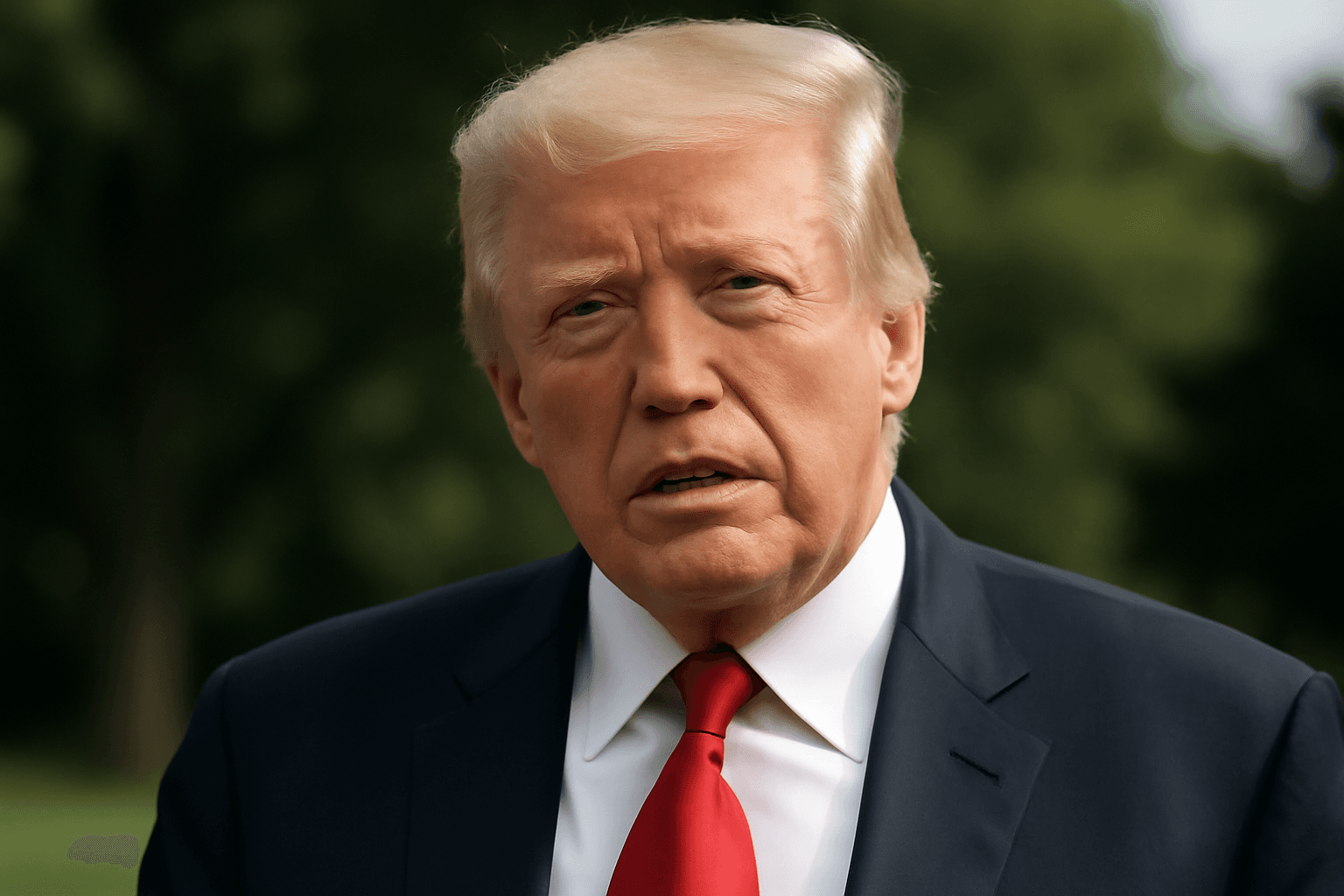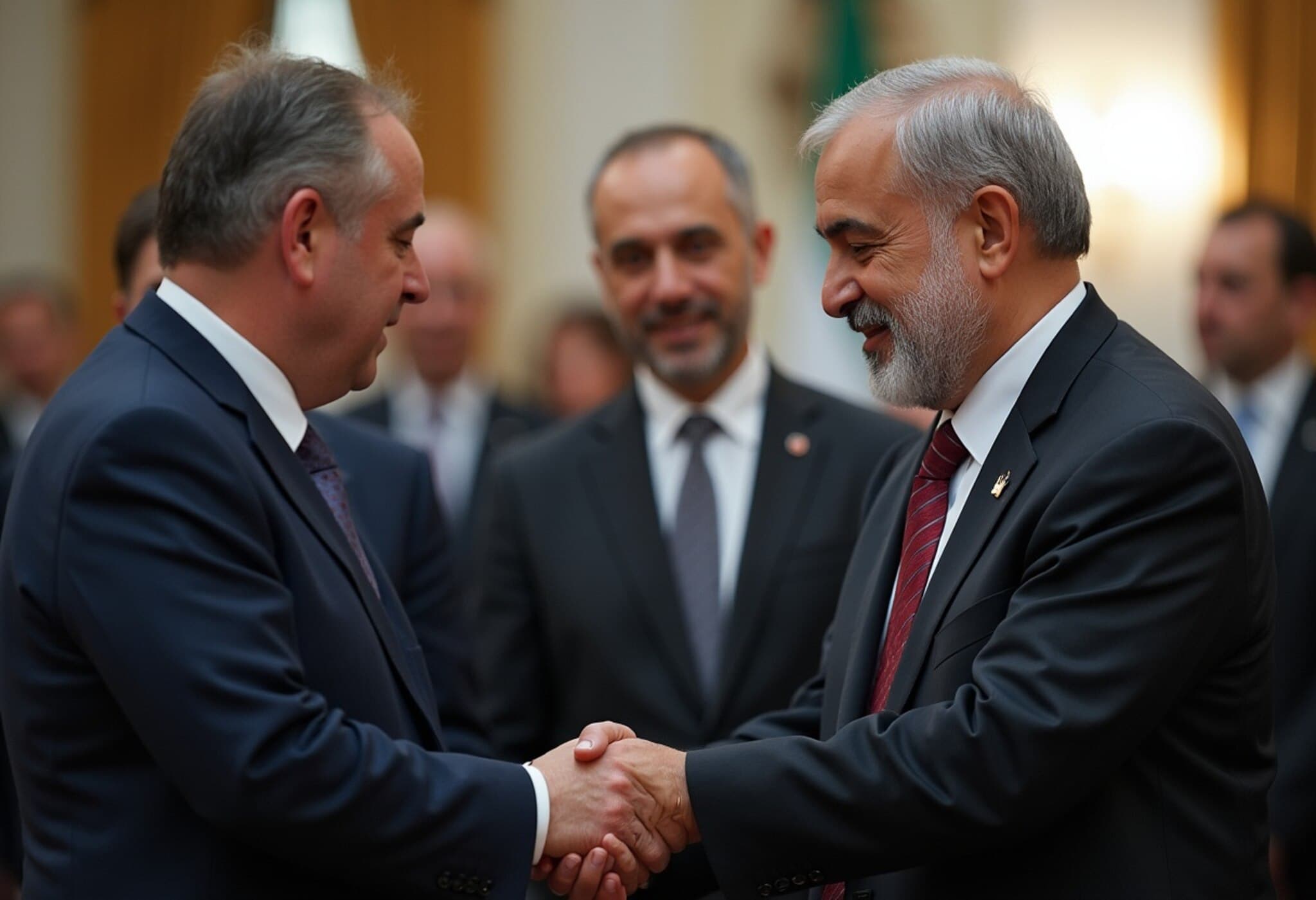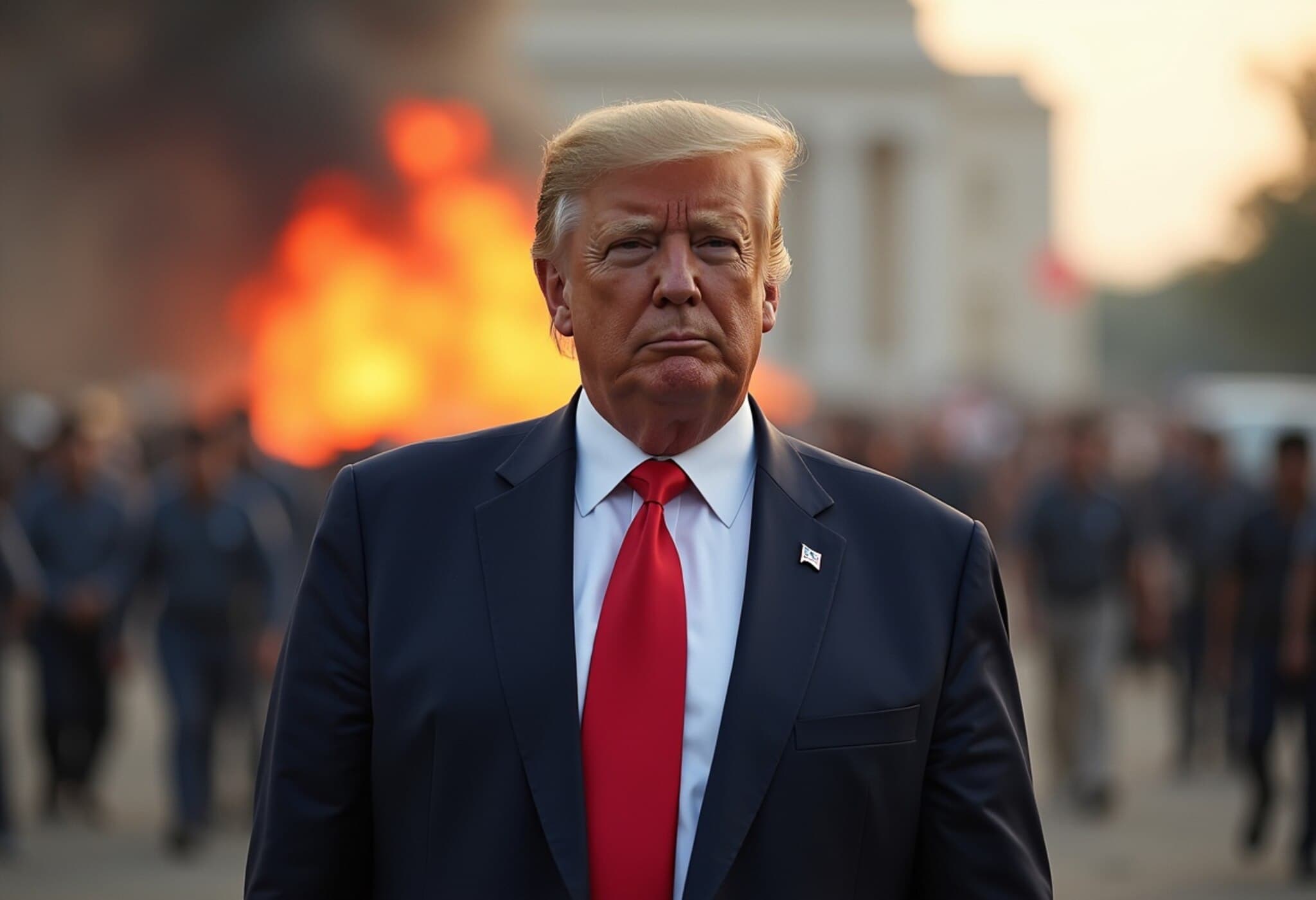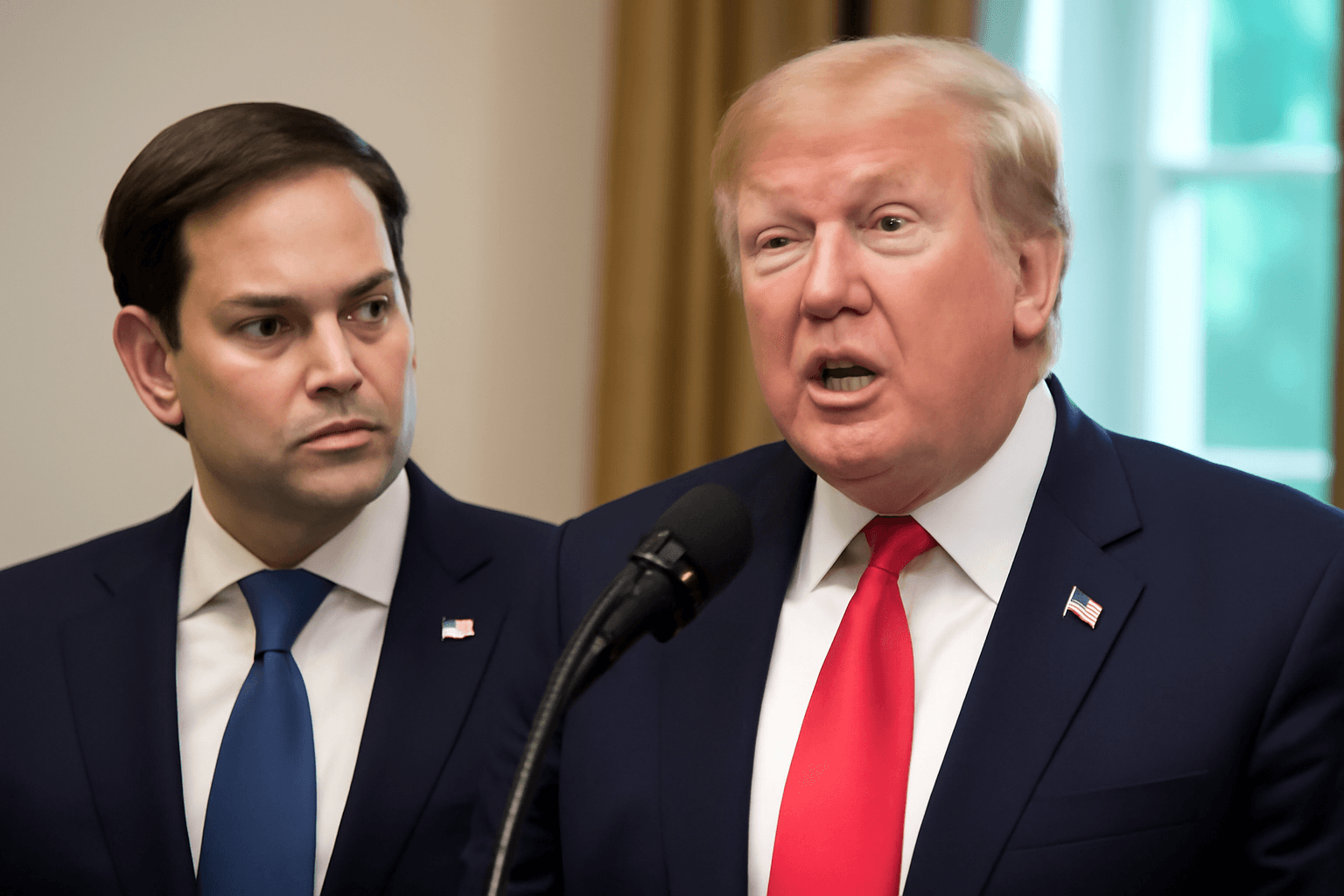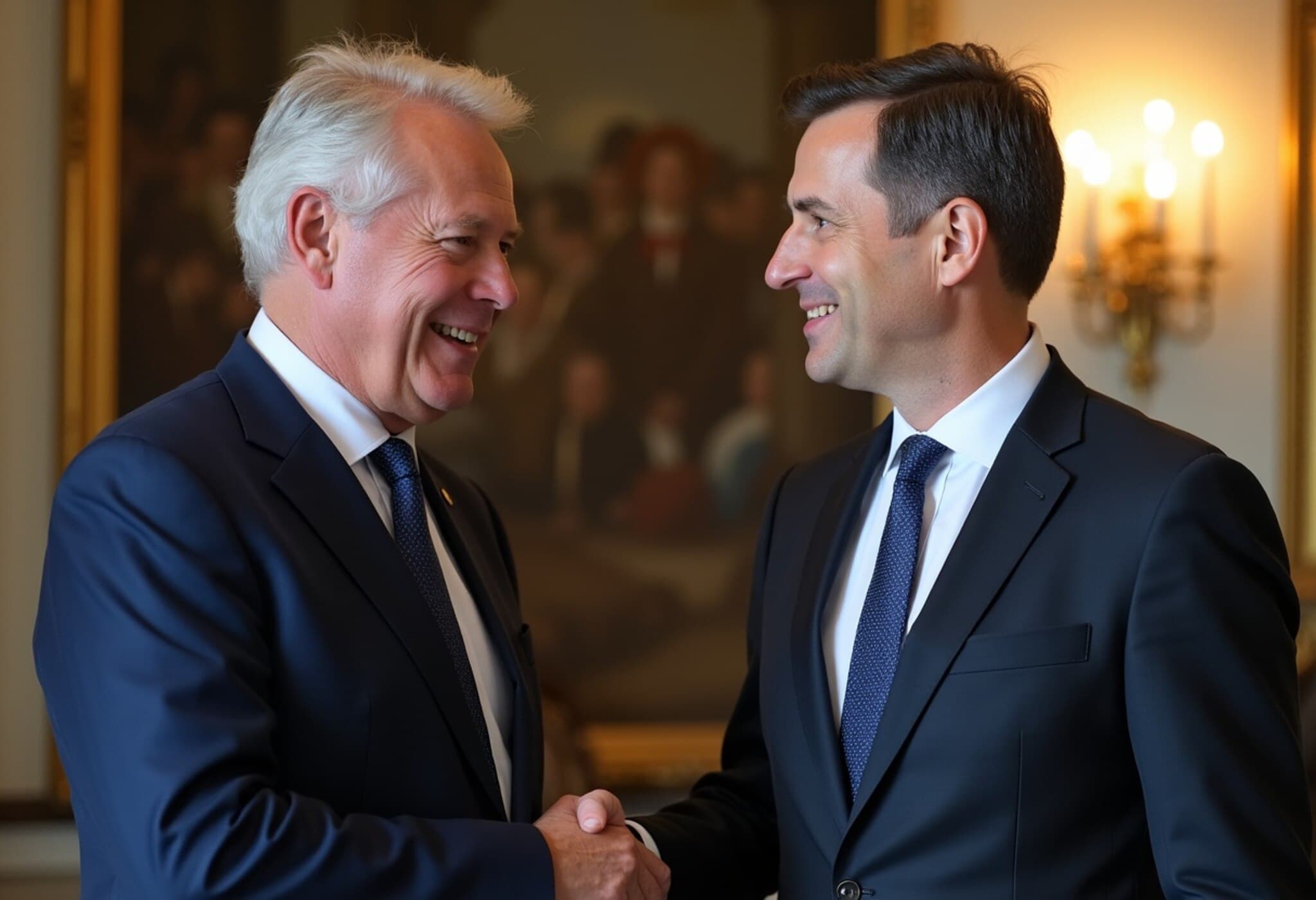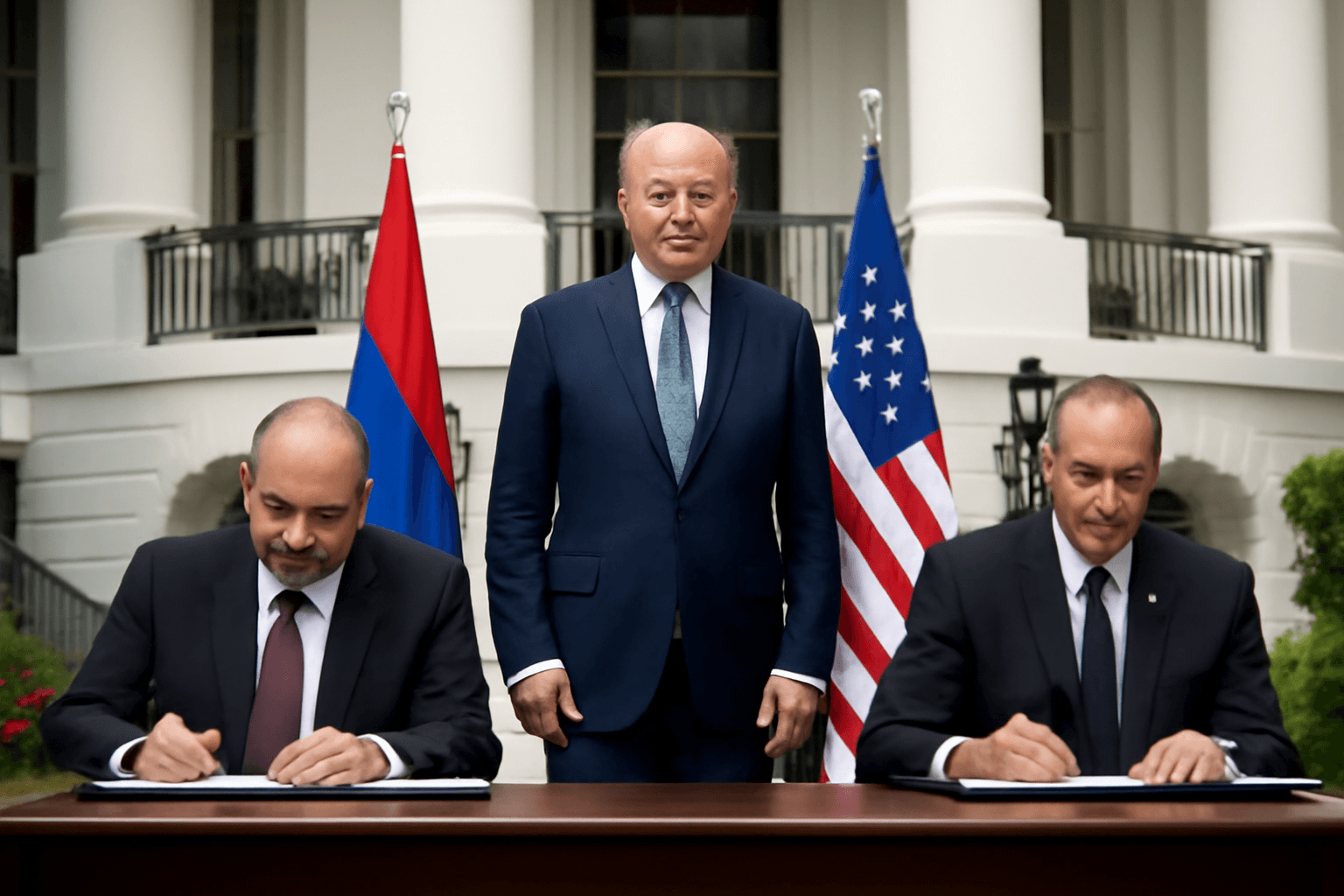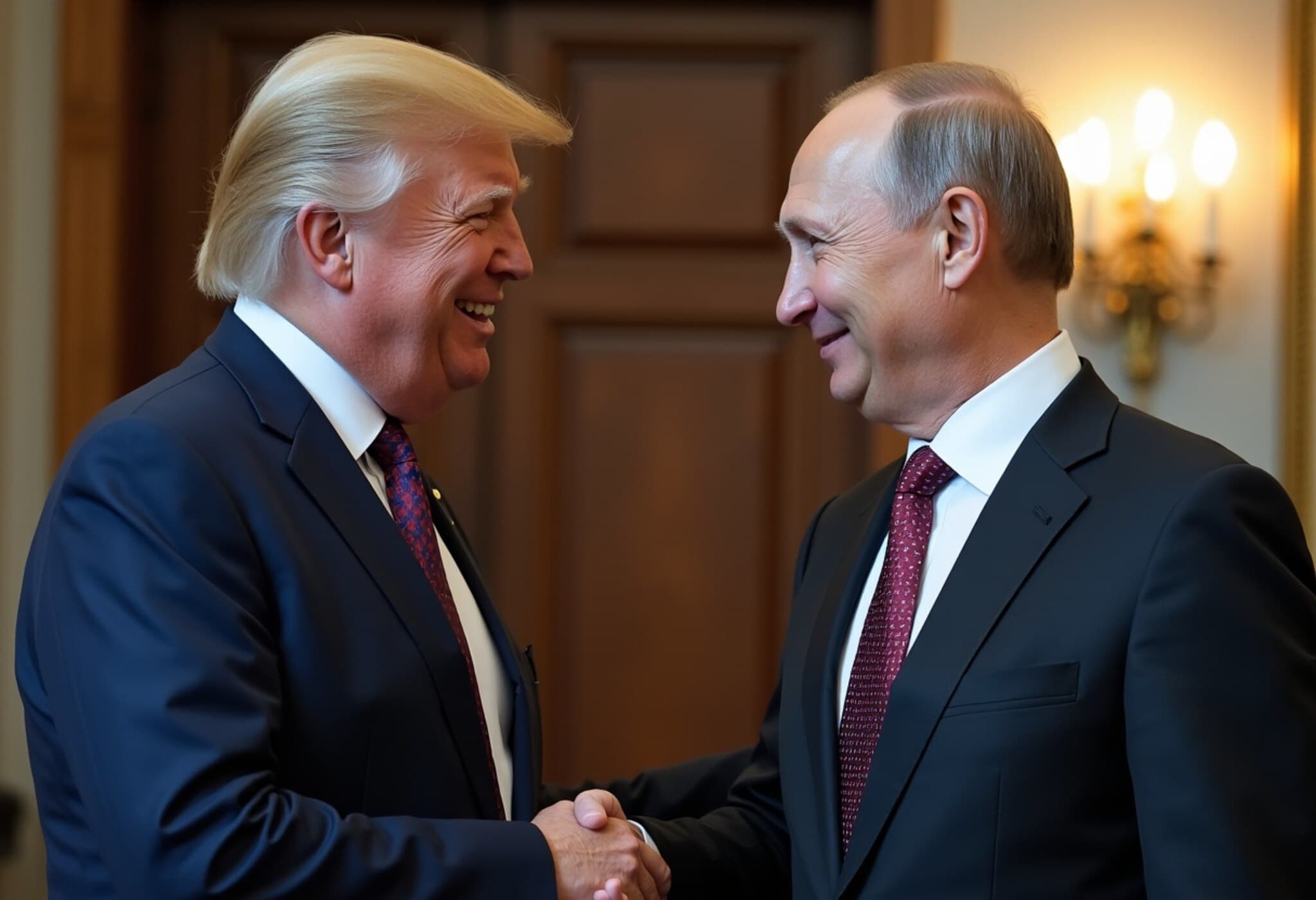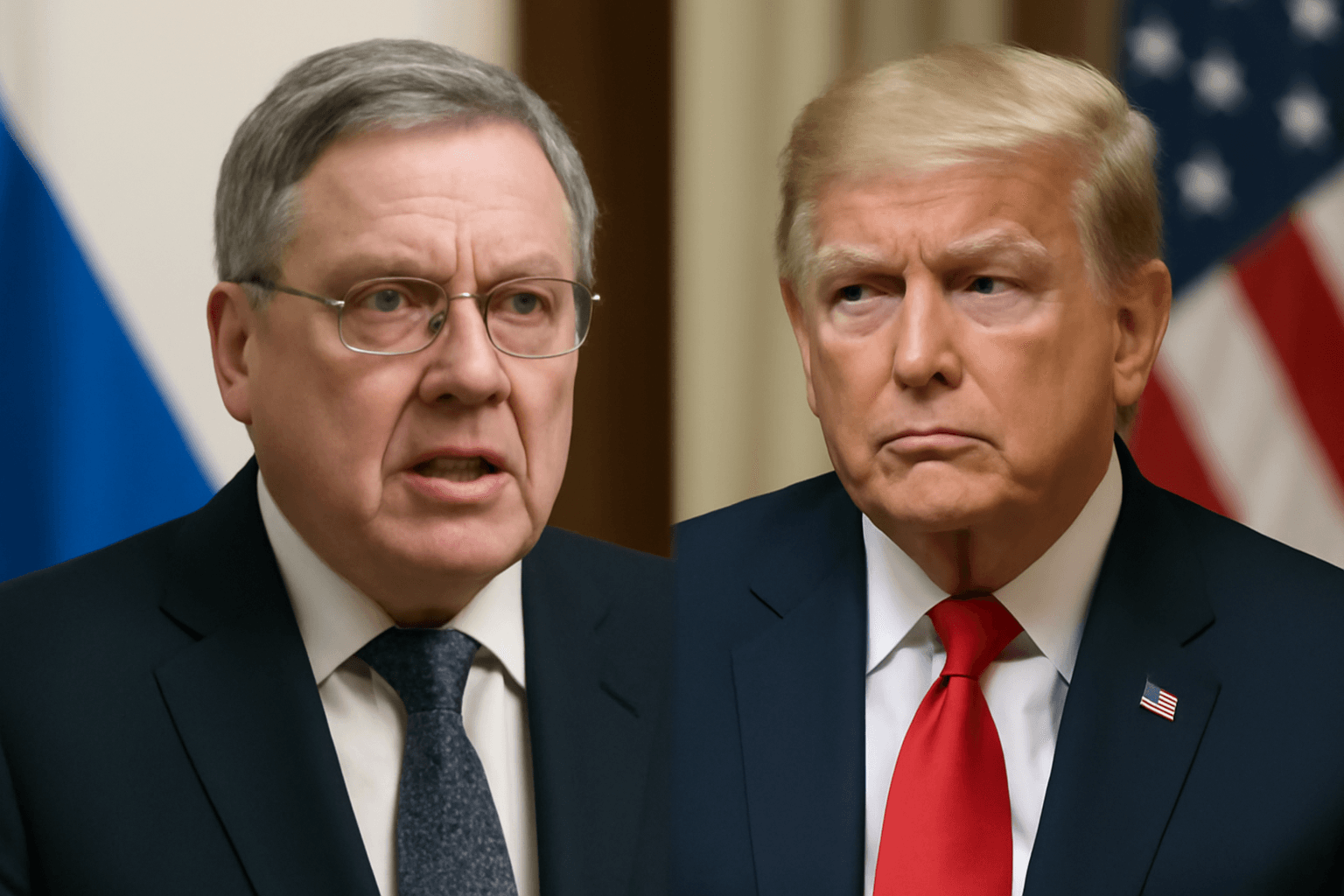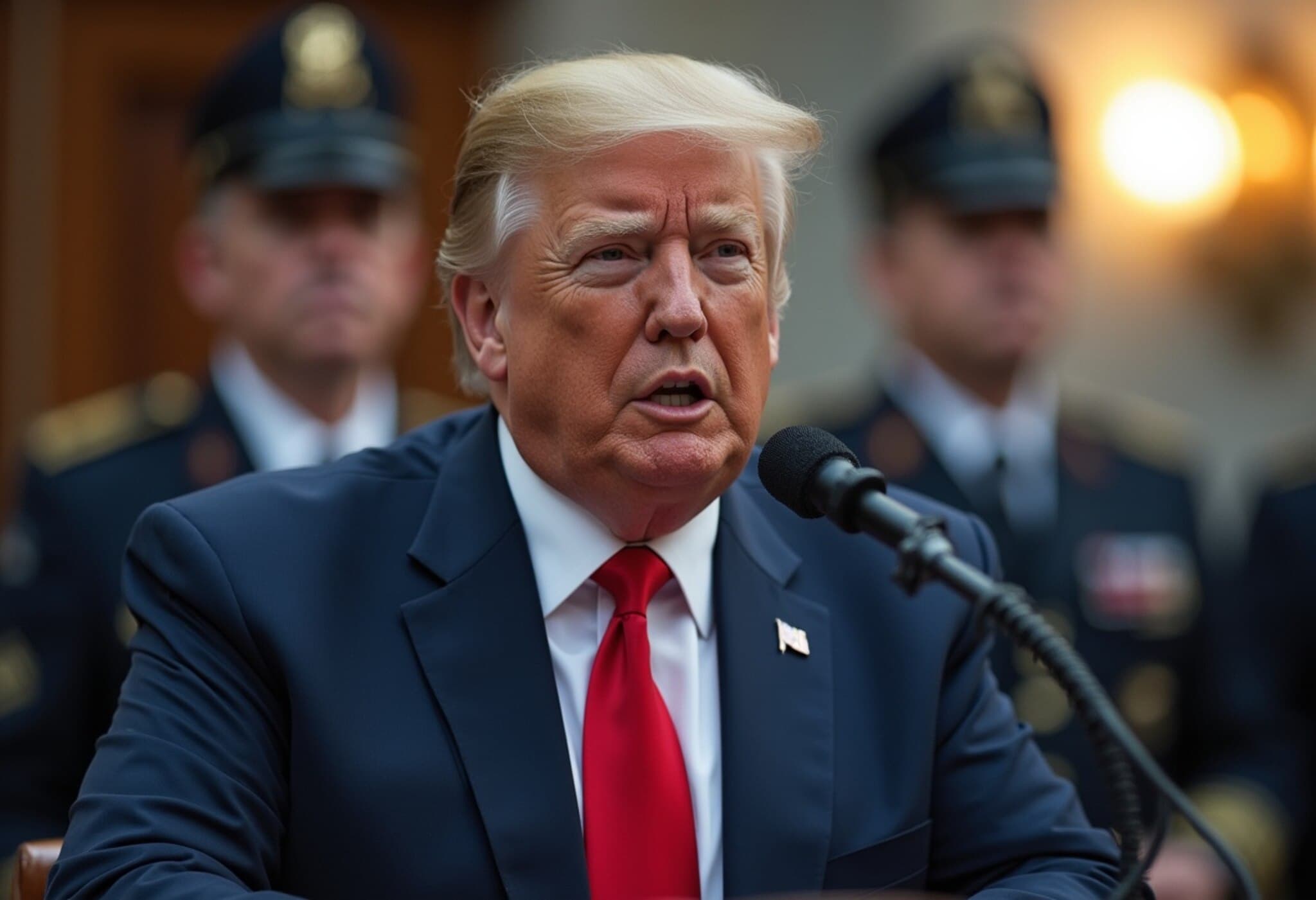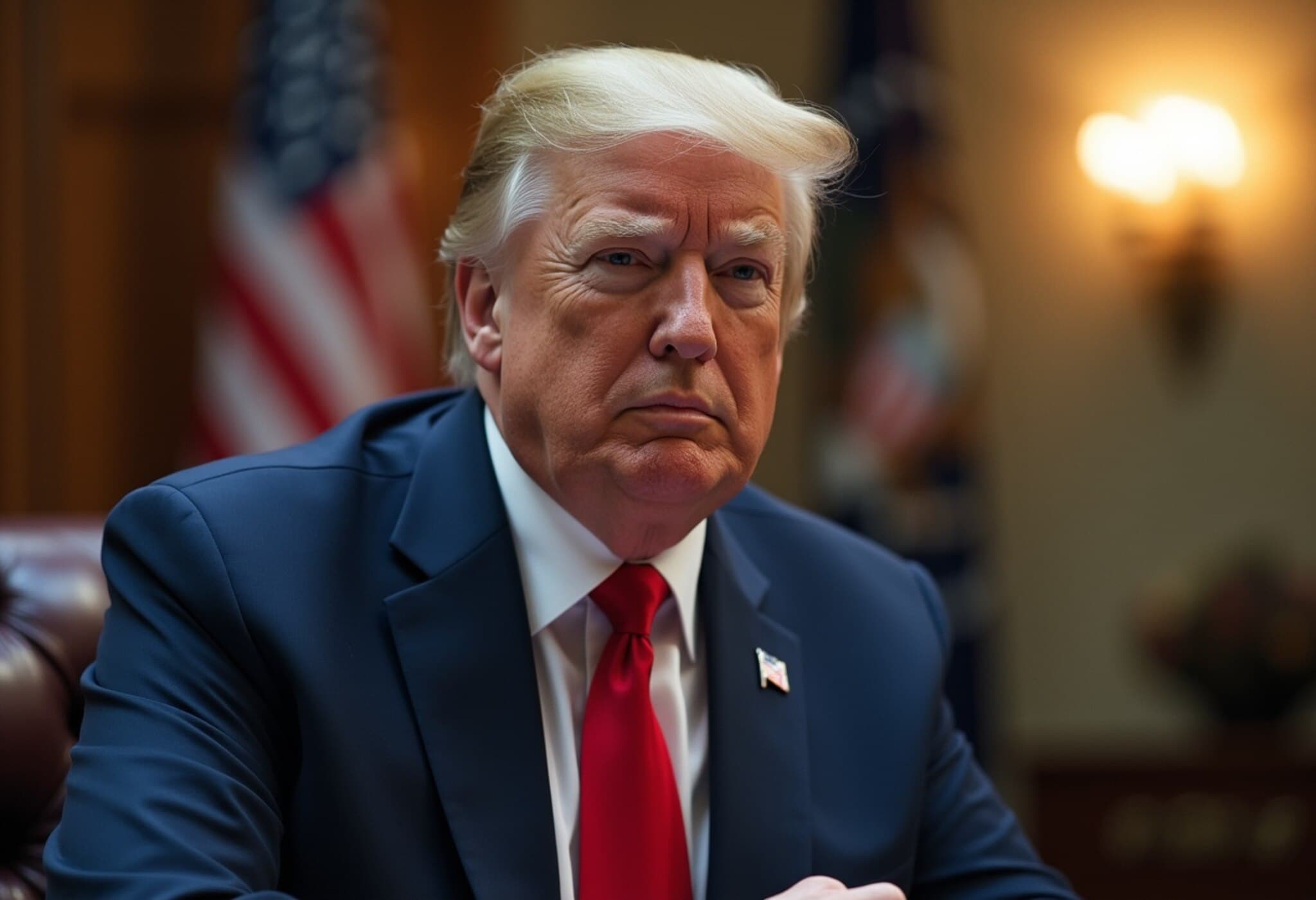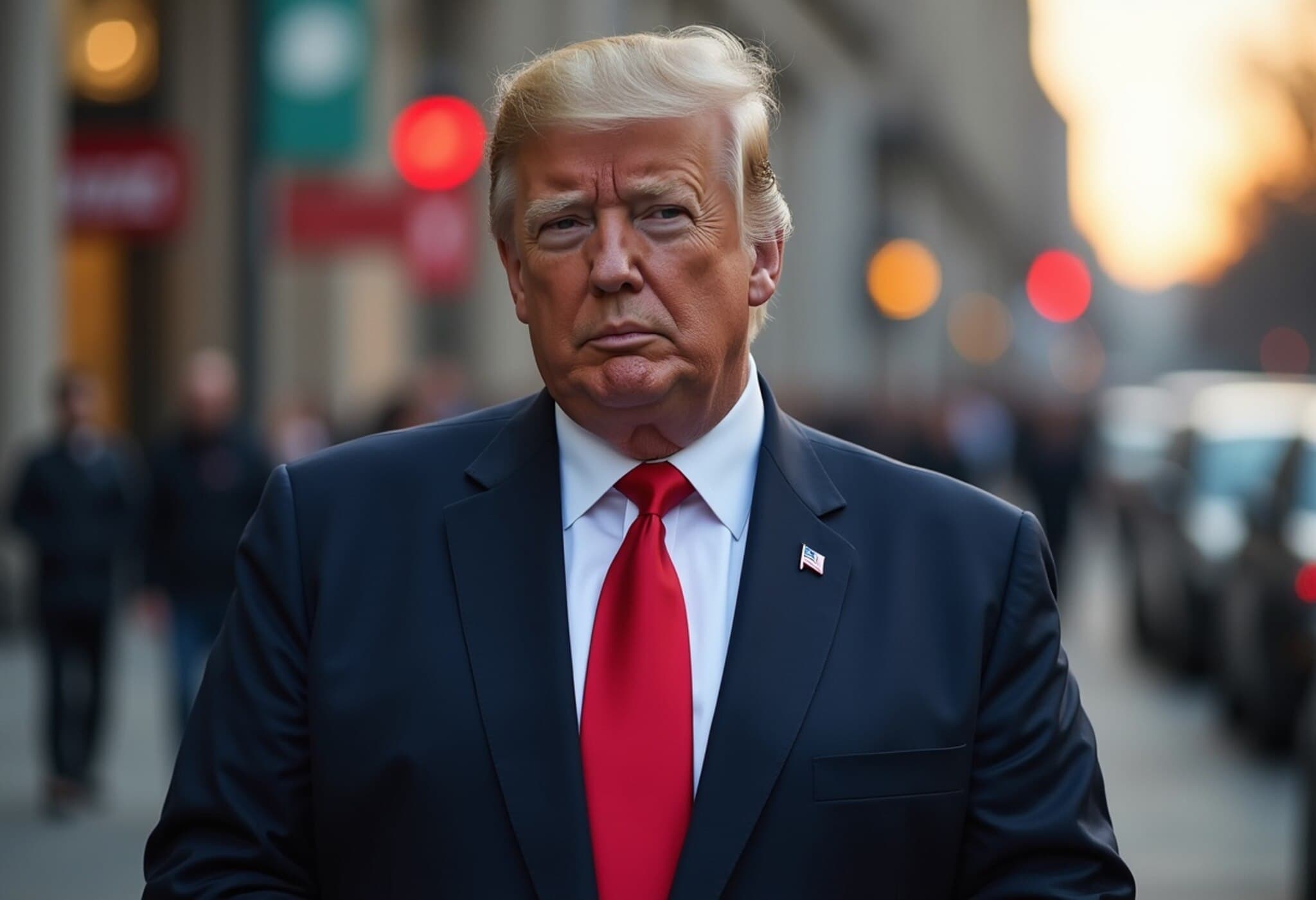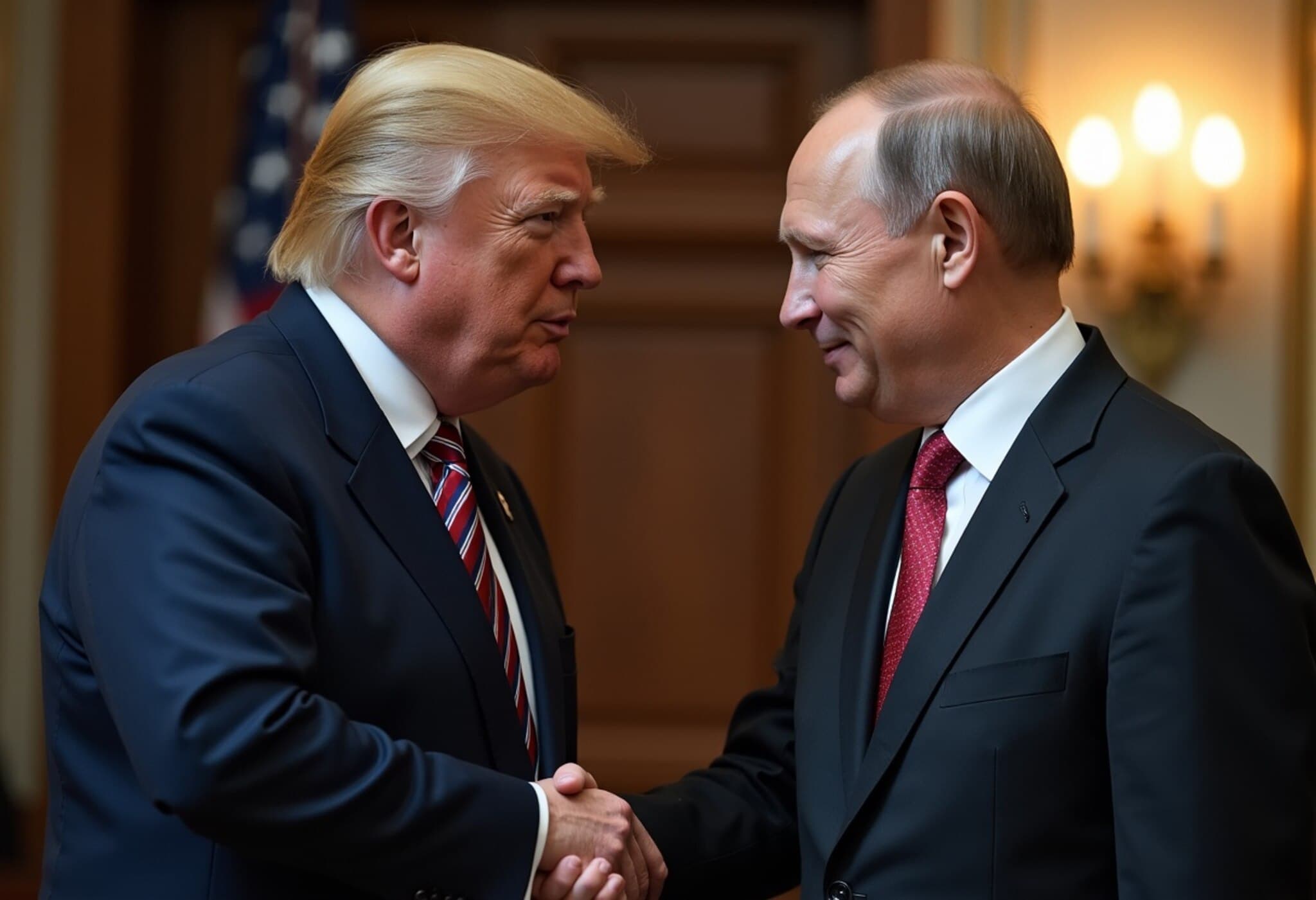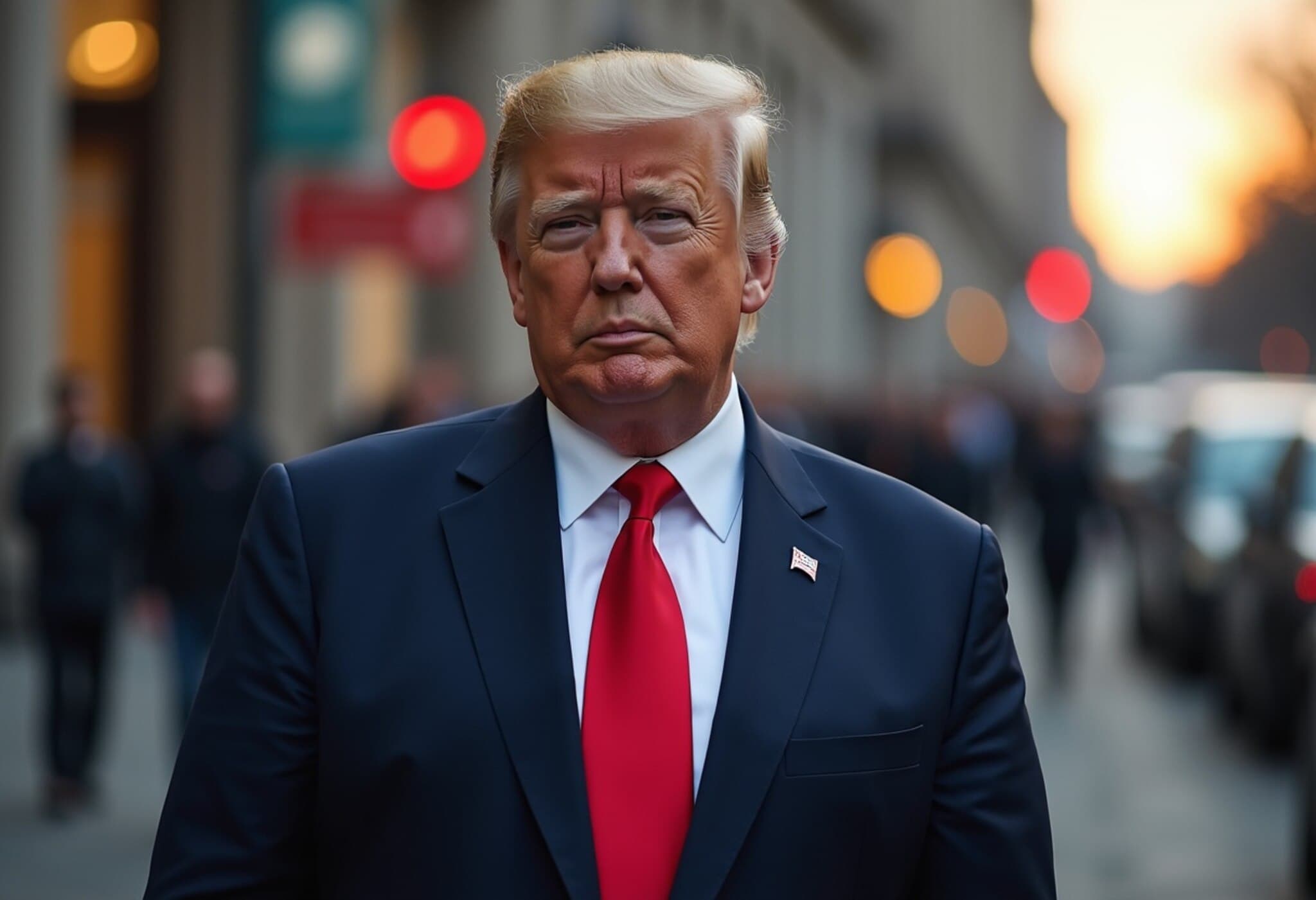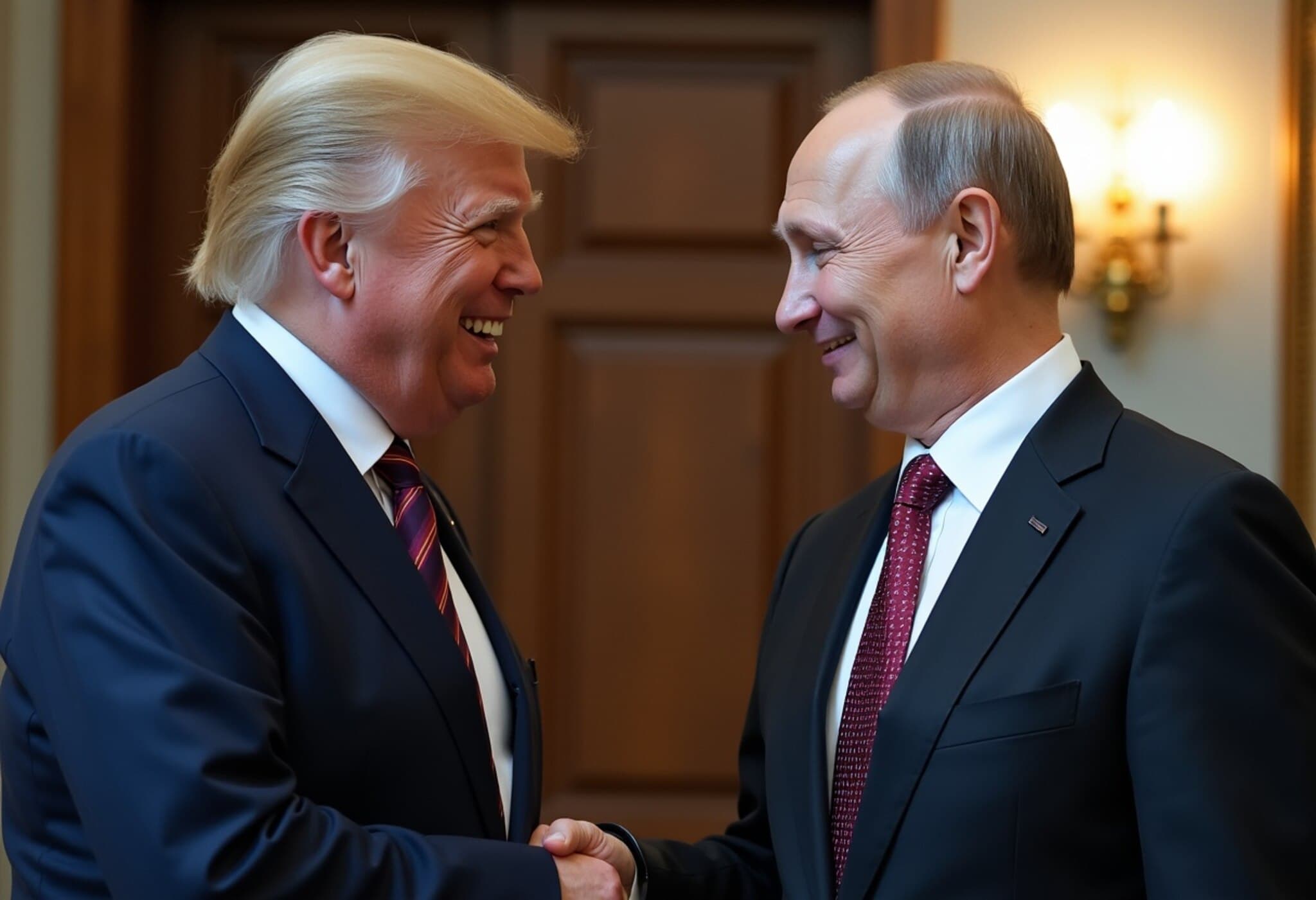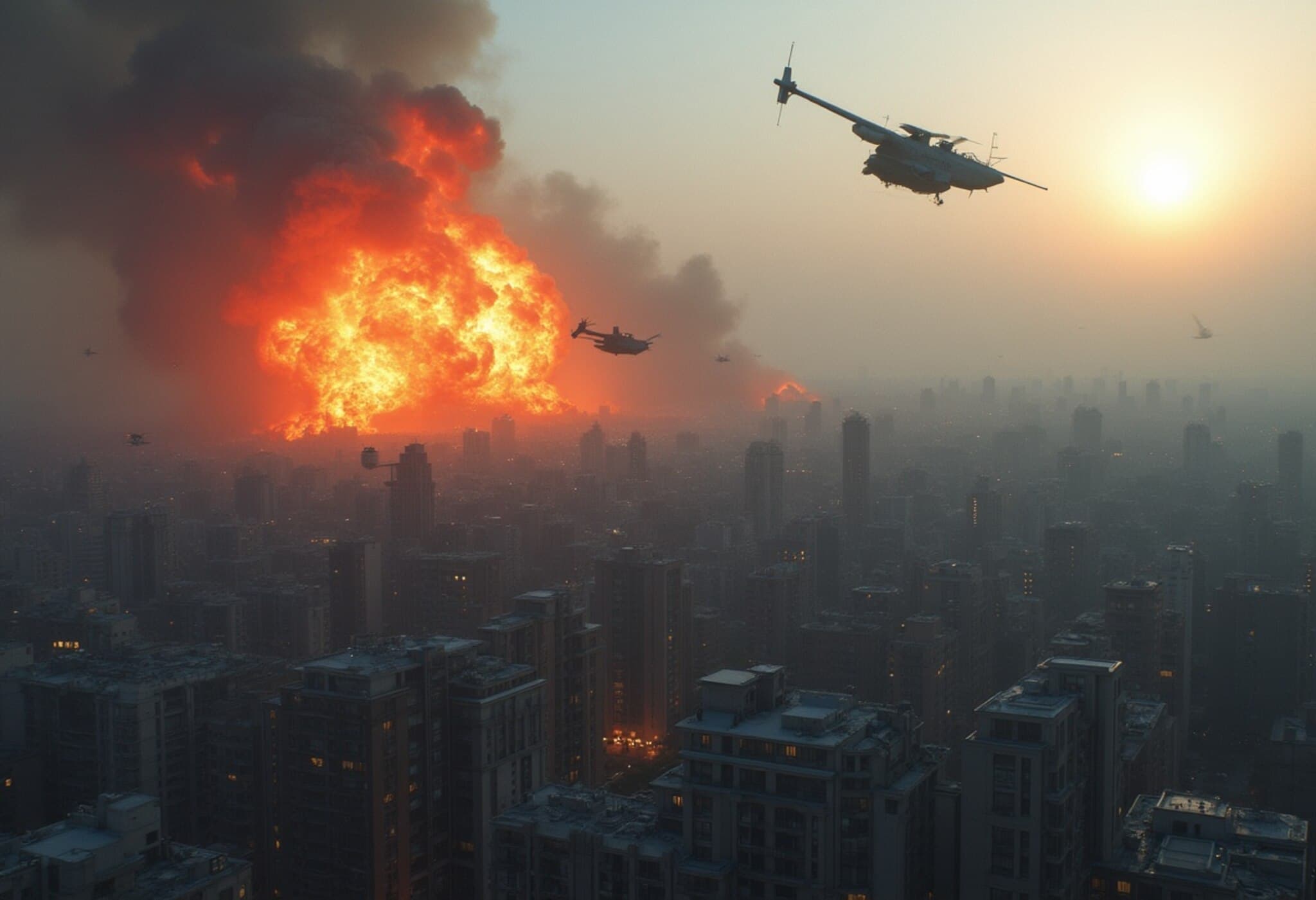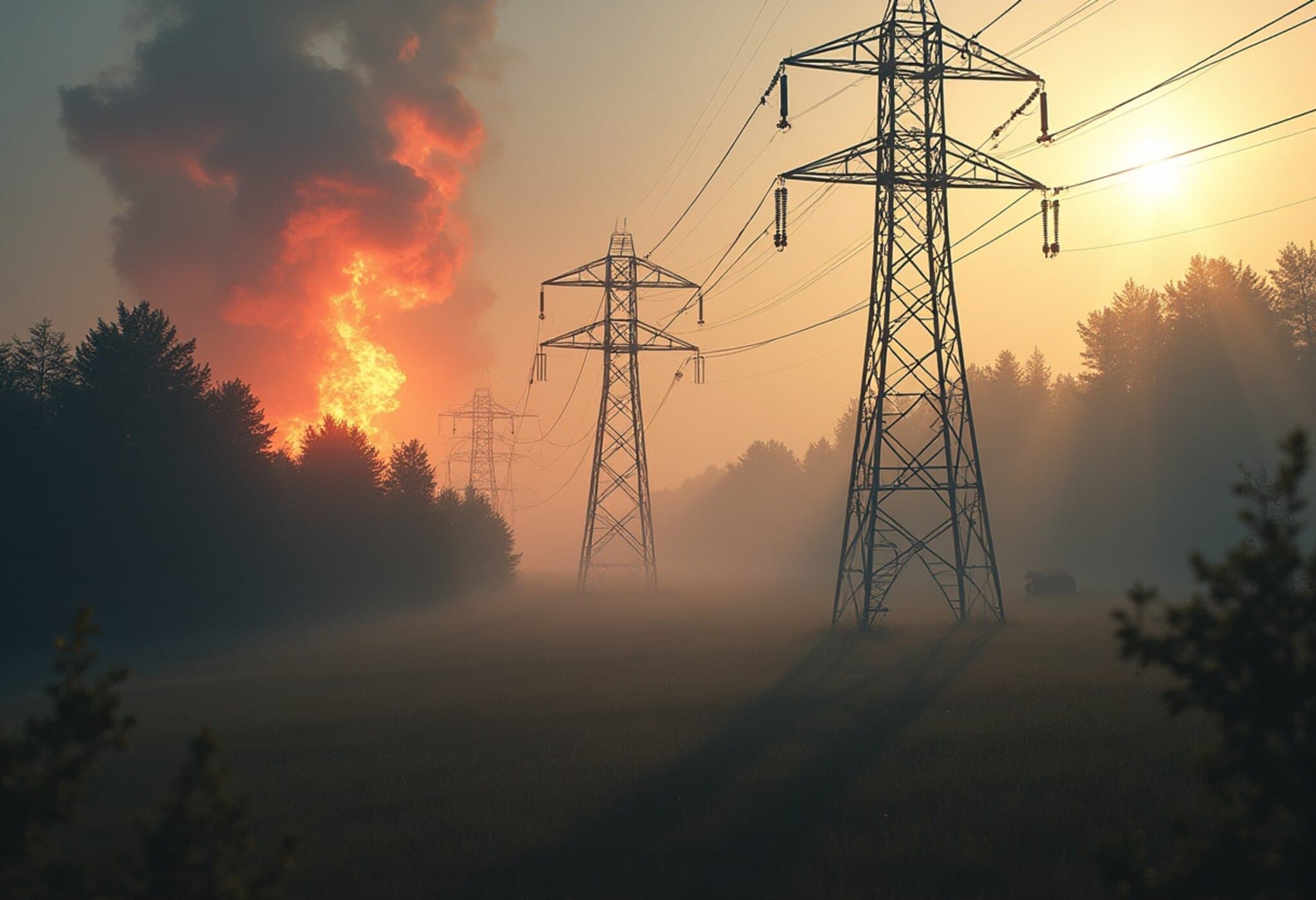Trump Expresses Hope Yet Warns of Possible Deadlock in Ukraine Peace Talks
In a recent interview with Fox News, former U.S. President Donald Trump voiced a cautiously optimistic stance regarding Russian President Vladimir Putin's potential willingness to pursue peace in Ukraine. Speaking on August 19, 2025, Trump underscored the high stakes looming for Putin, describing the situation as potentially "rough" if the Kremlin leader chooses to forgo a diplomatic settlement.
Anticipating Clarity Amid Uncertainty
Trump suggested that within the coming weeks, clearer signals about Putin's intentions could emerge. However, he refrained from providing specifics on the security guarantees he has previously floated as a foundation for any ceasefire or peace deal. His comments mirrored the complex nature of the ongoing conflict, which has dragged on since Russia's full-scale invasion in February 2022.
Diplomacy Over Military Engagement
Reaffirming his long-standing position, Trump maintained opposition to deploying American troops in Ukraine. He emphasized prioritizing diplomatic efforts over military intervention, echoing sentiments held by a substantial segment of U.S. policymakers wary of deeper entanglement.
Contextualizing the Latest Diplomatic Developments
The timing of Trump's remarks coincides with a high-profile summit at the White House where Ukrainian President Volodymyr Zelenskyy met with leaders from Germany, France, and the United Kingdom. The summit aimed to chart potential paths toward an end to Europe's deadliest conflict since World War II. Zelenskyy hailed the meeting as a "major step forward," and is reportedly planning a trilateral meeting with Trump and Putin in the near future.
Shifting Dynamics and Lingering Challenges
The renewed engagement between Trump and Zelenskyy marks a marked thaw following their acrimonious interaction earlier in the year. However, the delicate dance continues, especially as questions persist about Russia's genuine appetite for peace and the specifics of what security assurances the U.S. might realistically provide Kyiv.
- Human Cost: Estimates suggest over one million lives lost or injured since the war’s onset.
- Hard Choices Ahead: Analysts foresee Zelenskyy facing tough compromises to halt the violence.
- Military Realities: Despite diplomatic overtures, Ukraine experienced its largest drone and missile assault in weeks, highlighting the conflict's ongoing intensity.
On the Ground: Persistent Escalations Amid Fragile Diplomacy
Almost immediately following high-level talks, Russia launched a significant assault involving 270 drones and 10 missiles, targeting critical infrastructure in Ukraine’s Poltava region. Notably, the strikes damaged the nation's sole oil refinery, igniting fires that underscore the conflict’s brutal toll on civilian life and economic stability.
Separately, both sides engaged in the somber exchange of fallen soldiers’ remains — Moscow returning 1,000 Ukrainian bodies in exchange for 19 Russian coffins — a poignant reminder of the war's devastating human cost.
Expert Perspectives and the Road Ahead
John Foreman, former British defense attaché to Kyiv and Moscow, provided a measured view: "The positive takeaway is that there was no breakdown during Monday’s summit; Trump did not push for Ukrainian capitulation, nor did he halt support. The trans-Atlantic alliance remains intact." Still, Foreman noted lingering ambiguity around the exact nature of the proposed security guarantees and cautioned skepticism until details surface.
Meanwhile, Ukraine's Western allies convened as the “Coalition of the Willing” to discuss additional sanctions aimed at deepening pressure on Russia. Plans are underway for collaborative security guarantee frameworks between the coalition members and the United States.
At the same time, NATO military leaders prepared for virtual sessions to assess U.S. assistance and strategic support, reflecting the continuing geopolitical complexity underpinning the conflict’s trajectory.
Russia’s Reluctance and Lingering Ambiguity
Russian Foreign Minister Sergey Lavrov's measured statement affirmed Moscow’s openness to peace discussions but underscored the necessity for thorough preparation of any summit-level talks. Putin remains steadfast against NATO troop deployments in Ukraine and maintains territorial ambitions beyond current military control.
Neil Melvin, director of International Security at the Royal United Services Institute, suggested that Russia may use drawn-out negotiations to buy time and deflect mounting U.S. pressure. He observed that all parties appear cautious, "tiptoeing around Trump," wary of becoming the scapegoat if negotiations falter—especially given the vague nature of Trump’s previously mentioned security guarantees.
Conclusion: Navigating a Multifaceted Peace Process
The tangled web of military brinkmanship, diplomatic overtures, and strategic ambiguity paints a vivid picture of a conflict far from resolution. Trump's remarks—mixing hope with pragmatism—reflect the broader uncertainty enveloping international efforts toward peace. As the world watches, the stakes remain extraordinarily high: how to balance deterrence, diplomacy, and the urgent human need for an end to hostilities.
Editor’s Note
This evolving narrative underscores the inherent challenges in conflict resolution amid entrenched geopolitical interests. It invites critical reflection on the effectiveness of diplomatic channels without transparent, actionable commitments—particularly regarding security guarantees. Moreover, the enduring civilian suffering raises urgent questions about the international community’s responsibility beyond rhetoric. How will future negotiations reconcile Kremlin demands, Ukrainian sovereignty, and Western strategic goals? The coming weeks promise to be pivotal, holding some answers that the global community desperately seeks.

